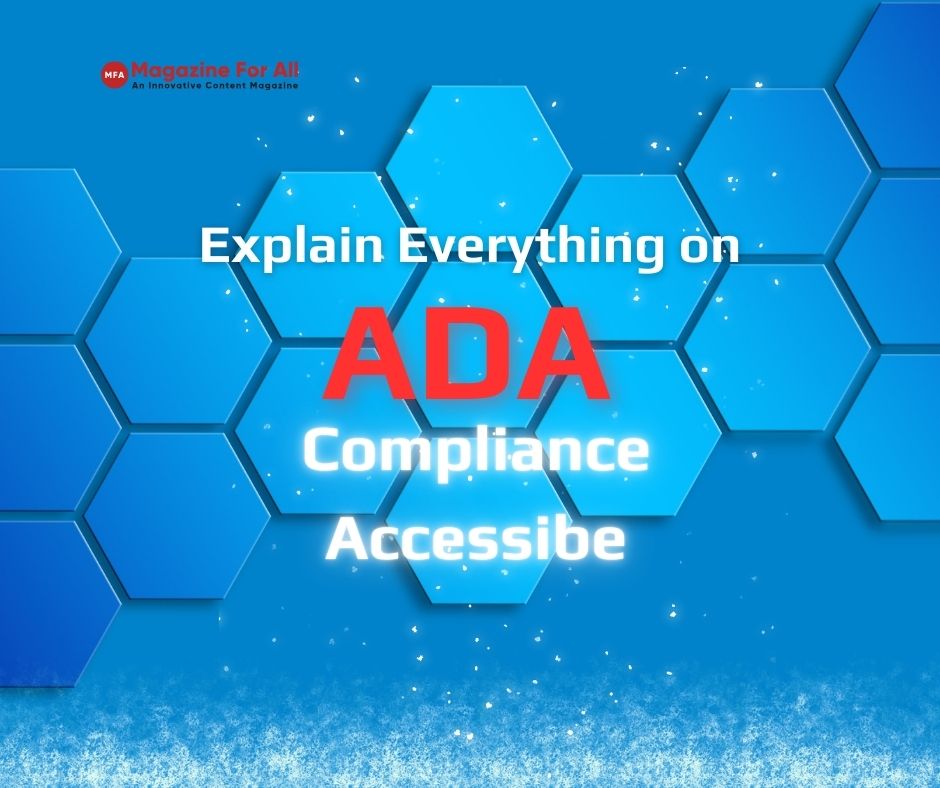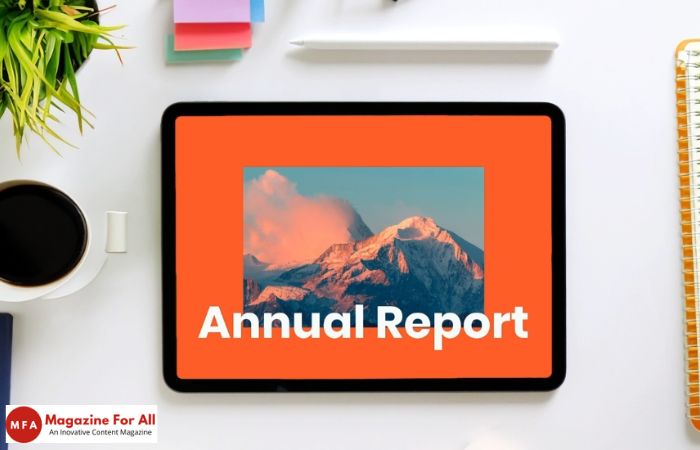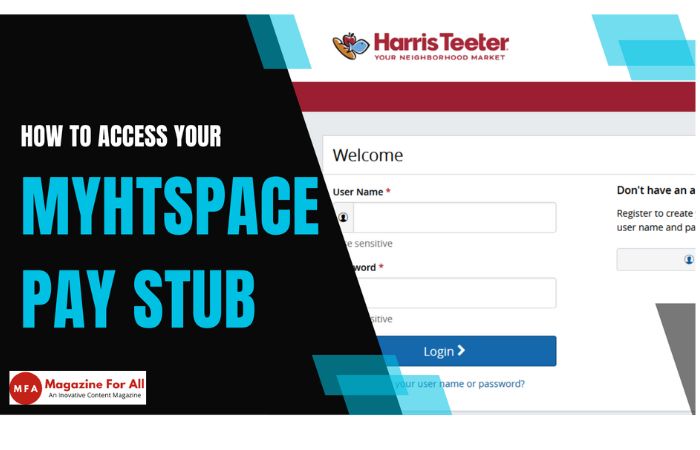Running a business comes with a lot of responsibilities. One of those responsibilities is checking over your merchant statement each month to make sure it’s still acceptable.
But what exactly is a merchant statement? Why are merchant statements important to your business? How do you make sense of all the numbers on your merchant statement?
If any of these questions have crossed your mind, then you’ve come to the right place.
In this article, we’ll explain what a merchant statement is and how to read one. We’ll also explain why it’s important, as well as a few other important things we think you should know.
If you’re ready to learn this difficult but necessary component of running your own business, then all you need to do is keep reading.
Table of Contents
What Is a Merchant Statement?
A merchant statement is a document that is sent to you every month by the company that you go to for payment processing. They can also be called merchant processing statements or credit card processing statements.
Merchant processing statements itemize all of the transactions that your business did in a month. It will show you all of the transactions and fees that were applied to your account in the past month.
A merchant statement also includes information about each transaction. This is typically the amount of the transaction, the transaction number, and basic information about the payment card that was used.
Your merchant statement is one of the most important documents that you can receive as a business. It will allow you to track many things about your business. You can even tell how well your business is doing just by looking at a single statement!
How Are Merchant Accounts and Merchant Statements Different?
Merchant accounts and merchant statements should not be used interchangeably. This can cause confusion in regard to the purpose of each term.
To put it simply, a merchant statement provides you with information about your merchant account. A merchant account is a whole other thing.
A merchant account is a service that some credit card processor companies provide. It acts as a third-party bank account. The merchant account receives a customer’s card payment and holds it before transferring it to your business’s bank account.
You must have a merchant account in order to allow your business to receive card payments. There is an approval process, which means these accounts sometimes take longer to get set up than a typical bank account.
Fortunately, there aren’t many fees associated with having a merchant account. The largest ongoing expense you’ll have are the fees that credit card payment processors charge you.
How to Get Your Merchant Statement
Depending on who your payment processing company is, there are a few ways you can receive your merchant statement. Some companies allow you to receive your credit card processing payment in the mail, which means it will arrive a few business days after the first.
Some companies will typically send it to you by e-mail and let you download it from there. Still other companies will let you access your merchant processing statement through an online portal. If the company you go through uses either of these methods, then you can usually expect to see your credit card processing statement on the first of each month.
Why Are Merchant Statements Important?
Merchant statements are important because they allow you to see how well your business is doing. The amount of people who pay for items with cash is steadily decreasing, which means you need to be aware of all of the credit card transactions that pass through your store.
As merchant processing statements show every transaction that has occurred in your store, it’s a great way to track the growth of your business.
Being able to view your merchant statements from month to month will allow you to identify any possible trends in spending. This helps you make more educated guesses about what your customers need, which will further improve your business growth.
In addition, a merchant processing statement will allow you to look at chargebacks and credit card processing fees, two of your biggest and most regular expenses.
How to Read a Merchant Processing Statement
Merchant processing statements are incredibly complicated things because of all the information they provide. It may take you months or even years to be able to understand your merchant statement at a glance.
In the meantime, however, you can use this guide as a reference. Go item by item and we’ll help you decipher what everything means. Some of it is more simple than it looks, we promise:
Merchant Number
Your merchant number is one of the items at the very top of your statement. It will be there along with your merchant’s contact information, your name, and your contact information.
Ideally, you should keep track of all this information. However, your merchant number is the most important piece of information to keep track of. Write it down somewhere safe if you don’t plan on keeping the merchant statement.
Something might go wrong with your merchant account that would make you need to go to customer service for support. If this happens, your name won’t be enough for a representative to help you. The company will need your merchant number so they can verify your identity.
Summary
On every merchant processing statement, there’s almost always a summary section that you need to look for. This takes all of the activities on your account in the set time period (usually a month) and summarizes them.
You’ll see items line by line such as total amount paid, total amount processed, chargebacks, fees, and third-party payments.
The summary section is very useful, as it allows you to take in information at a glance.
If you don’t need to dive deep into your merchant statement, it can tell you everything you need to know. If you do need to study the entire statement, it can still give you a starting place.
Processing Fees
Once you’ve read over your summary, you’re going to want to take a closer look at your fees section. This will essentially tell you how much you’re paying the processing company you’ve partnered with to let you receive credit card payments.
There are two factors that make up the processing fees: the base costs and markups.
Do the math to determine what your processing fees are. Then you can determine if the fees were too high for you, or if you’re good to continue doing business with your current partner.
Pricing Model
It’s a smart idea to determine what pricing model your payment processor uses. There are a few types of pricing models the company could be using.
The least common type is known as flat-rate pricing or blended pricing. This pricing model is the most straightforward and easiest to understand.
Your provider will charge you a flat fee for each transaction. The transaction fee depends on which type of transaction it is. Your customer’s bank or credit card issuer has no effect on the fee.
Transaction types can be categorized by in-store payments, e-commerce payments, and mail or telephone orders.
Another common pricing model processor companies will use is tiered pricing. Transactions get placed into different tiers based on a variety of factors. Each tier is charged a different fee.
There are three tiers used: qualified, mid-qualified, and non-qualified.
The qualified tier is for non-reward credit cards and in-store debit card use. The mid-qualified tier is for manually entered debit card use and rewards credit cards. The non-qualified tier is for high rewards credit cards or e-commerce transactions.
Finally, interchange plus pricing is the most popular pricing model. It involves your interchange rates and fees, plus a fixed markup. This markup includes a percentage charge plus a transaction fee.
Interchange Rates
Interchange rates are fees that you, as a merchant, need to pay with every credit card or debit card transaction your store receives. These rates are set by your payment processing company. This is in exchange for accepting the risk of loss and letting the company handle charges in transactions.
These rates vary depending on which credit card processing company you go to. They can be a percentage of the transaction amount, a flat fee, or a combination of the two.
You can rest assured that credit card processing companies rarely charge you more than they should for the interchange fee. This is because financial companies are some of the most heavily regulated companies in the world. This is to offset the original belief that interchange fees were both unreasonable and not proportional.
Make Sure to Compare Your Costs
While financial companies are heavily regulated to make sure they can’t charge you too much, you should still be keenly aware of what they’re charging you. Check every time the fees change and see how much you spend over the course of a business year.
If you feel like you’re being charged too much for credit card processing services, don’t be afraid to look at other companies. In fact, you should look at other companies even if you don’t feel like you’re being overcharged!
As with any other service you receive, it’s a smart idea to have a handful of quotes on hand. Knowing what other companies would charge you for the same service gives you a general range to go off of.
This isn’t even necessarily about being overcharged. It’s about making sure you have the best service you can. Even if you work with a company that charges you a very little amount, cheap doesn’t necessarily mean best.
Are There Any Businesses That Can’t Get a Merchant Account?
There are some lines of work that will make it more difficult for you to get a merchant account for your business. However, there are no businesses that make it impossible to get a merchant account. You may just have to shop around to find a payment processor willing to partner with you.
This is especially true of businesses that sell firearms. You’ll want to find a company where you can get firearm and ammunition merchant accounts without limitations.
Working with gun-friendly companies will help you avoid problems such as having your accounts unfairly frozen or shut down. Fortunately, gun-friendly credit card processing companies can be found.
All you need to do is make sure that you have all your paperwork and certifications in order. If you do, then you can apply for a merchant account with them just as easily as any other company.
Monitoring Your Merchant Account
Beyond receiving a monthly merchant statement, your credit card processing company should allow you access to a website where you can look at your merchant transactions as they arise. This gives you an even better look at your business’s profit and potential trends than merchant statements will.
There are other reasons you should monitor your merchant account other than simple profit. One reason is that keeping an eye on your merchant account will protect you from fraud as it happens, rather than just damage control.
Consistent monitoring of your merchant account and your merchant statements is the key to running a business smoothly.
Check Out the Rest of Our Website
Now that you’ve learned what a merchant statement is and how to read one, you’re prepared for the next time you receive a merchant processing statement. In the meantime, though, why don’t you take a look at the rest of our website?
We offer articles on a variety of different topics from businesses all the way to celebrities. No matter where your interests lie, we’re sure that one of our articles will catch your eye.
You won’t regret taking the time to look at our website. You might even learn something new!
Related Post: Is It Possible to Beat an Arson Charge?










































































